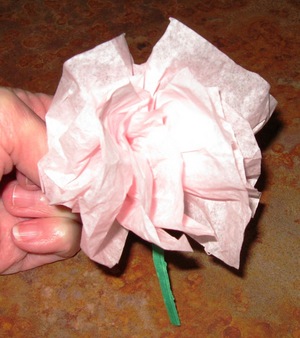Fort Knox, a U.S. Army base, located in Hardin, Kentucky; established during the Civil War. It was reconstructed during World War I, and used as an artillery training center. Named for Revolutionary War hero Henry Knox, the base is best known as the depository for America’s gold bullion. President Franklin D. Roosevelt removed the nations finances from the gold standard in 1933, to stabilize the economy and prevent private trading of gold. From then on, the nation would mint and print money from the U.S. Treasury.
Visitors to Fort Know may be surprised by the unassuming, plain building. It is a small 105 feet by 121 feet, and only 42 feet high. It is a two story concrete and granite building, void of the ornamental ionic and Corinthian architecture often found on federal building. There are four guard towers at the corners of the building, about the only thing more in line with visitors’ expectations.
The vault beneath the building, is what interest the public. It is made of steel and concrete and is the impenetrable fortress which holds the nations gold. The vault is also two stories. Each filled with pile after pile of gold bars. The of the vault is made of steel plates, steel I-beams, and steel cylinders. Each
piece is encased in concrete. The door alone weighs more than 20 tons.
No single employee is entrusted with the complete combination. With each bar worth approximately $17,000, temptation might enter even the most chaste of men. The bars are stacked row upon row to a total of 147 million ounces.
Until 1936, the fort served as a military base and armory. The spot was chosen as the national gold depository because it was safely away from seaports, and could easily be defended, in the face of another impending war. The facility was not finished until 1937. From that point it has been used to house primarily gold, but also important historical documents like The Declaration of Independence, the Articles of Confederation, a copy of the Gutenberg Bible, and other documents vital to the history and establishment of our nation.
Once stability seemed restored to the world, the historical documents were removed. In 1949, a museum was established for curiosity seekers at Fort Knox. It is no secret that the nations gold is reposited underground there. Visitors, however, are not treated to a tour of the gold, an endeavor which would be much to risky. The museum does display equipment, vehicles, artifacts, armor, and an original section of the Berlin Wall. There are also historical documents, books, and coins.
F.D.R. may be applauded for his foresight, as we live in uncertain times, but he long ago saw the need to guard America’s possession of gold and write out bills of endorsement and coins in place of the exchange of gold. What piracy, violence, and terrorist threats may our country have denigrated to had this fortress of gold not been established years ago.
Sources:
Brady, Tim. “All That Glitters: It may be plain on the outside, but Fort Knox holds America’ heart of gold.”
History Magazine, March/April 2007. pp. 10-13.
http://www.knox.army.mil/IMA/sites/about/history.asp





